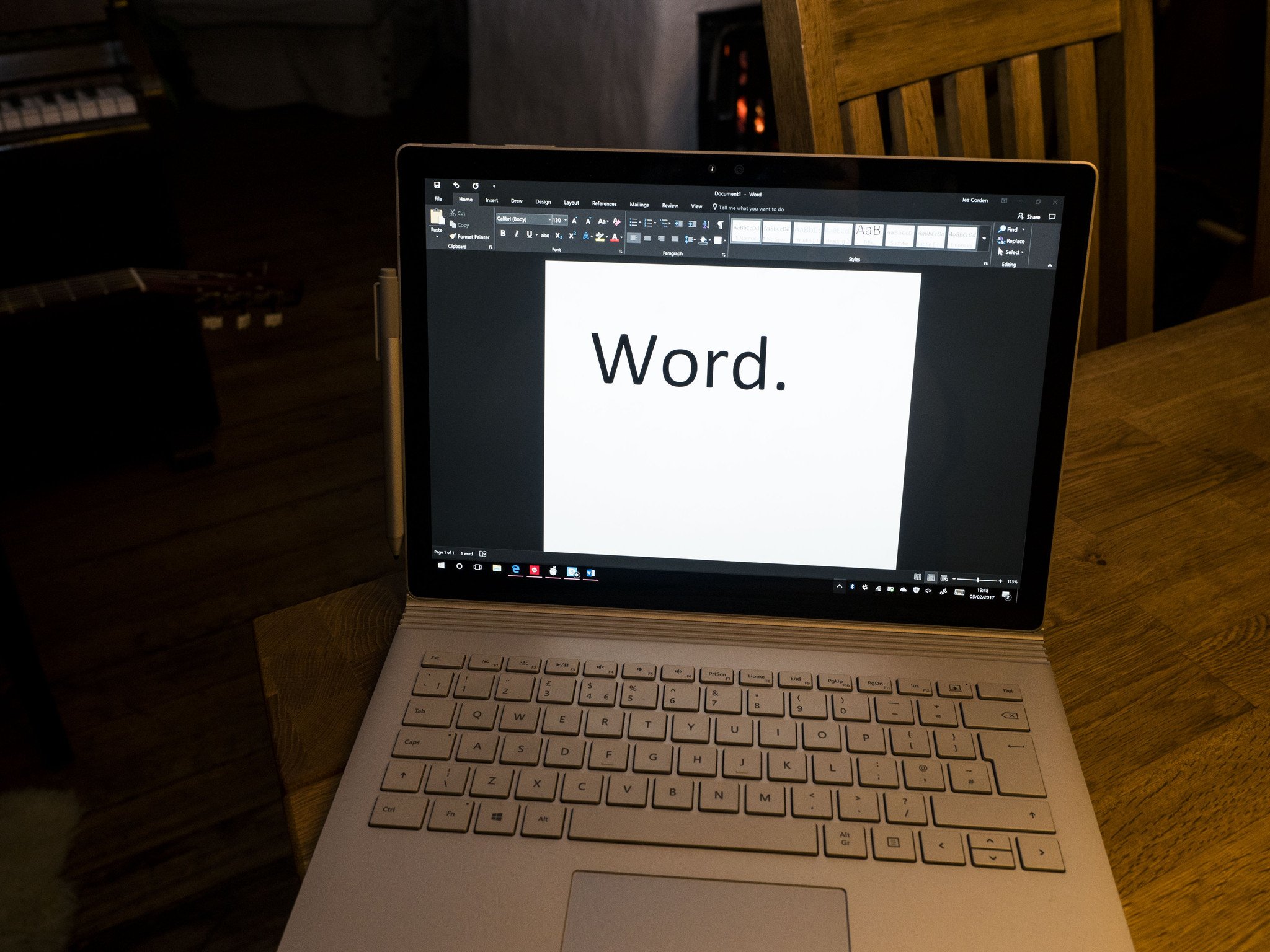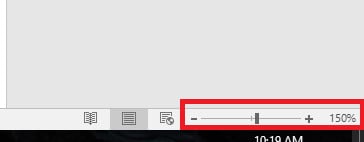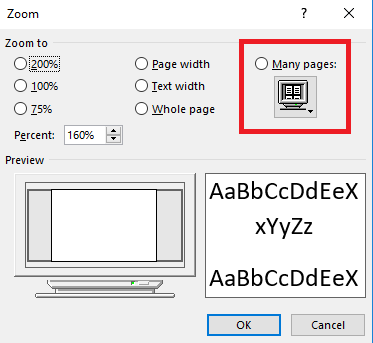How to master Zoom settings in Word 2016 for Windows


When you first get started with Word, all of your documents, new and old, open at the app's default View settings: Print Layout at 100 percent Zoom. If you use a large external display or just don't want to have to squint at the page, you may want to zoom in. Or if you have super vision or for some peculiar reason just really enjoy working on tiny pages, you can also zoom out accordingly.
Word's View options let you zoom on pages, so the documents themselves get larger or smaller, and you can fit multiple pages into a single screen for more effective navigation. You should note, however, that zooming is different than merely increasing or decreasing font size. For more details on how to customize Word's font settings, read:
How to change font defaults in Microsoft Word 2016 for Windows
Unfortunately, Microsoft does not currently let you modify or save Zoom-level defaults. However, Word does "remember" these settings, so any new documents you create or open should display with your last-used View and Zoom settings.
Here's how to master Word 2016's View and Zoom options.
How to zoom in or out on a Word document
Zooming in and out on Word documents is easy.
- You can simply drag the horizontal slider in the bottom-right corner of your display toward the left and the minus sign to decrease page size or drag the slider to the right toward the plus sign to increase it.

- Click the View tab at the top of the Word screen.
- In the third box from the left, labeled Zoom, click the magnifying glass to open a pop-up box, and then choose the specific Zoom percentage you want.

Word also provides a number of advanced ways to view document pages. For example, Read Mode shows two pages side by side, like in a book, with horizontal navigation controls. Word's Web Layout displays document text in one long page, like a web page, that you can scroll down to view.
All the latest news, reviews, and guides for Windows and Xbox diehards.
How to master Word's advanced View and Zoom settings
- To toggle Read Mode on and off, click the icon all the way to the left of the Zoom slider at the bottom-right corner of your Word screen. It looks like an open book.

- To toggle Web Layout on and off, click the icon to the immediate left of the Zoom slider at the bottom-right corner of your Word screen. It looks like a document behind a tiny globe.
You can also customize Word's Zoom levels using some other View options.
- Click either the magnifying glass in the Zoom box of the View tab at the top of your Word screen or the percentage next to the Zoom slider in the bottom right-hand corner of your display, to open the Zoom settings pop-up box.

- Within the Zoom settings box, select the Page width option to make Word auto-zoom to find the zoom percentage that best fits an entire page to your display width, whatever its size.
- Choose the Text width option to make Word auto-zoom to find the zoom percentage that best fits the full width of the text on your page to your display.
- Choose the Whole page option to make Word auto-zoom to find the maximum zoom percentage at which you can view an entire page, from top to bottom, without scrolling. This usually means pages get smaller.
- Finally, the Many pages options lets you view multiple document pages on one screen, in rows, though the docs are often quite small. And you can customize the option to display pages in a number of different formations, such as 1x4 (one document's height by four documents' width, to fit your display), 1x3, 1x2 and 1x1, or 2x4 (two rows of documents high by four documents' width, to fit your display), 2x3, 2x2 and 2x1.

- To enable the Many pages setting and pick your formation, select the circle next to the option and then click the icon (it looks like an old cathode-ray display) in the Zoom settings pop-up box. Another overlay will appear that lets you pick your preferred formation.
To disable any of the view options listed above, simply change your zoom percentage using the slide at the bottom right of your Word screen or the Zoom box in Words' View tab.
For more related resources, check out:

Al Sacco is the Former Content Director of Future PLC's Mobile Technology Vertical, which included AndroidCentral.com, iMore.com and WindowsCentral.com. He is a veteran reporter, writer, reviewer and editor who has professionally covered and evaluated IT and mobile technology, and countless associated gadgets and accessories, for more than a decade. You can keep up with Al on Twitter and Instagram.
